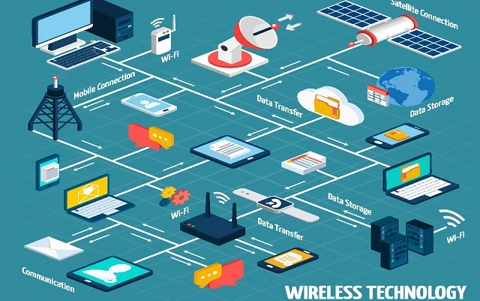Working together
In this lesson sequence students, through role-play and other activities, develop understandings of the role of hardware and software in managing, controlling and securing the movement of and access to data in networked digital systems.
Additional details
| Year band(s) | 9-10 |
|---|---|
| Content type | Lesson ideas |
| Format | Web page |
| Core and overarching concepts | Digital systems |
| Australian Curriculum Digital Technologies code(s) |
AC9TDI10K01
Investigate how hardware and software manage, control and secure access to data in networked digital systems |
| Keywords | Operating system, Hardware, Software, Fetch-execute, Computer network, Digital systems, Cyber security |
| Integrated, cross-curriculum, special needs | Critical and creative thinking |
| Organisation | ESA |
| Copyright | Creative Commons Attribution 4.0, unless otherwise indicated. |
Related resources
-
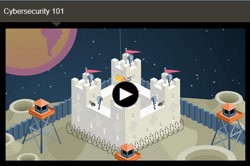
NovaLab: Cyber security
These cyber security short animated videos each have a quick quiz to complete. The videos cover a basic intro into cyber security, hacking and privacy, cyber codes and there is a game too for students to apply their understandings.
-
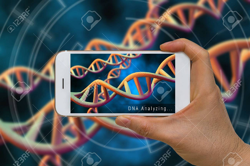
Creating a Biology AR poster using Unity
In this lesson, students explore how to design and implement a simple Augmented Reality (AR) world to project DNA model using Unity 3D and Vuforia SDK for Unity 3D.
-
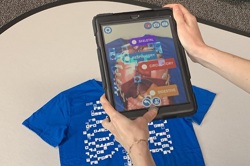
Human Anatomy with Virtuali-tee
In this learning activity, students explore human organ systems using Virtuali-tee.
-
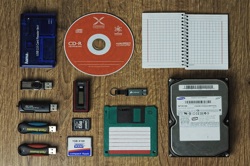
The shock of the new
Using four inventions from 1985, this lesson sequence explores the impact of innovation, supporting circumstances, how individuals contribute to change and the importance of addressing benefits as well as risks in the development of new systems.
-
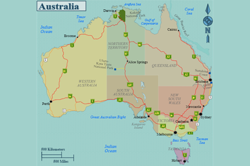
Ancient superhighways
In this lesson, students compare physical networks (wired and wireless) to the ancient network related to First Nations Peoples’ trading practices throughout history, including trade routes.
-
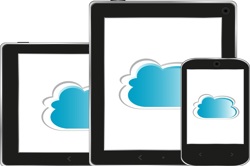
Future proofing data
This lesson sequence aims to identify strengths and weaknesses of past, present and future methods of data storage and recognise the risks and benefits for users.
-
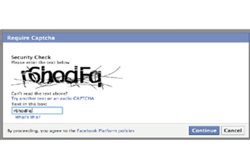
Cyber Security Threats
This lesson covers the fundamentals of cyber security: Methods to detect and prevent cyber security threats.
